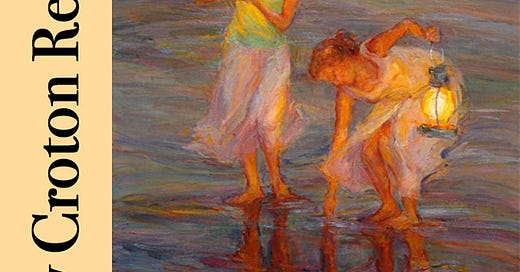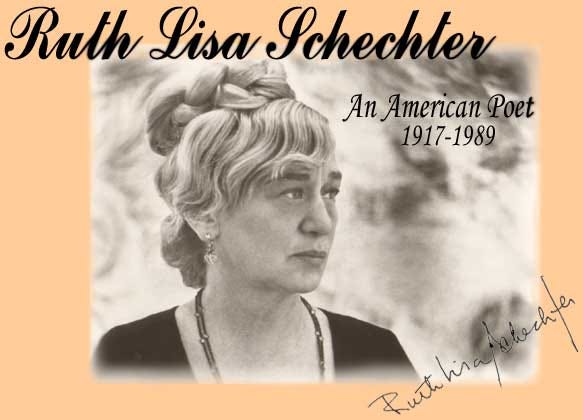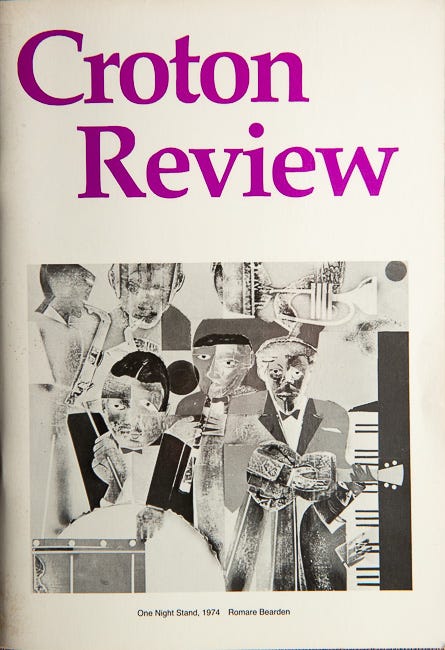The New Croton Review has just published its Fall 2024 issue. We talk with some of its leading editors about its legacy and goals.
Relaunched in 2022, the review helps keep Croton's reputation as a haven for the arts alive, with poetry, fiction, nonfiction, artworks, and photography.
Editor’s Note: The New Croton Review will be hosting a launch party for its Fall 2024 issue this evening, November 9, at Hudson Valley Books for Humanity in Ossining. For details click on the flyer for the event.
We all know that Croton-on-Hudson has long been a haven for literature and the arts, in part because those who have lived here a long time make sure that we never forget it. Newcomers are often regaled with stories of how journalists, movie stars, writers, poets, artists, and even an opera singer or two have made Croton their home. This wellspring of creativity even spilled over into politics, as Communists and fellow travelers trying to make a new world flocked to Croton’s “Red Hill.”
Beginning in the late 1970s and through much of the 1980s, this creative tradition was kept alive with the publication of the Croton Review, edited by local poet Ruth Lisa Schecter. Schecter was then president of the Croton Council on the Arts (CCoA), and the Croton Review was officially published by the organization. But the last issue came out in 1988, and Schecter died the following year. (For a synopsis of this history, please see here.)
In 2022, the journal was reborn as the New Croton Review (NCR), which now publishes twice each year. It is available in paperback, on Kindle, and as an eBook. But like its predecessor, the NCR does not at all focus just on Croton-based contributors; rather, it is a national and even international review that follows a stringent set of guidelines for submissions.
To note the publication earlier this month of NCR’s Fall 2024 issue, which features some 55 contributors, we sat down with two of its editors and its publisher to talk about the journal’s more recent history and what makes it tick: Jeanne-Noel Mahoney, the Editor-in-Chief; Bruce Dollar, the Managing Editor; and Jim Christensen, President of the Croton Council on the Arts.
Our first question was why the Croton Review did not continue publishing after the death of Ruth Lisa Schecter. “The amount of energy Ruth put into it,” Mahoney said, “nobody else thought they could handle it.” And when the subject of resurrecting the journal came up more recently at meetings of the CCoA board, Christensen admitted, he tried to talk Mahoney out of it. “There’s so many places you can publish now,” he told us.
Mahoney—with degrees in law and literature from the University at Buffalo, and experience as an art gallery curator and director of the Western New York regional office of the ACLU—said she had little experience with publishing, but decided to take on the project anyway.
One key decision was to broaden the journal beyond just literature and into the visual arts. As a result, each issue has been very striking visually, featuring a mix of poetry, fiction, nonfiction, and artwork. The visual art is not segregated in its own section, however, but interspersed throughout the journal. The presentation is aided greatly by a very vivid Web site, which was designed by Dollar and built by Christensen. (Mahoney designed the paper version of the journal.)
For the first issue, Summer 2022, Mahoney, with some trepidation, sent out a call for submissions. Relying on the CCoA’s membership list and other databases, the editors were able to fill the first issue. “Even from that first issue, we have had more submissions than we could publish,” Mahoney said.
But standards are kept high, and the editors do not just accept anything that comes along. Dollar estimated that the acceptance rate is “about 30%.”
Mahoney said that all eight editors of the journal read or look at everything that comes in, and then use a rating system to help her decide what will make the cut. The three categories are Yes, No, and Maybe, with each category also having a plus and a minus, for a very finely tuned vetting process. But as Editor-in-Chief, Mahoney’s decisions are final.
Despite all this effort, remarkably, the editors have absolutely no idea how many people are reading the Croton Review. We found this so hard to believe that we asked about three times in different ways. But Christensen explained to us that since the CCoA sells the journal at cost—it is free on Apple and Google, and Amazon prints copies on demand and keeps all the money—they have no idea about the circulation.
“It could be ten or it could be ten million,” Christensen said, and he was not really joking. “We know it’s somewhere in between,” Dollar added with a smile. “We never figured out how to get the numbers.”
Needless to say, with that kind of nonchalant “business model,” none of the editors get paid.
“That’s the CCoA’s approach to the arts,” Christensen said. “They should be free and available to everyone.”
But if anyone is feeling guilty, you can still donate to the journal by clicking on this link, which will take you to Paypal.
*************************************************************************************************************
To share this post, or to share The Croton Chronicle, please click on these links.









What an amazing bunch of artists we have!